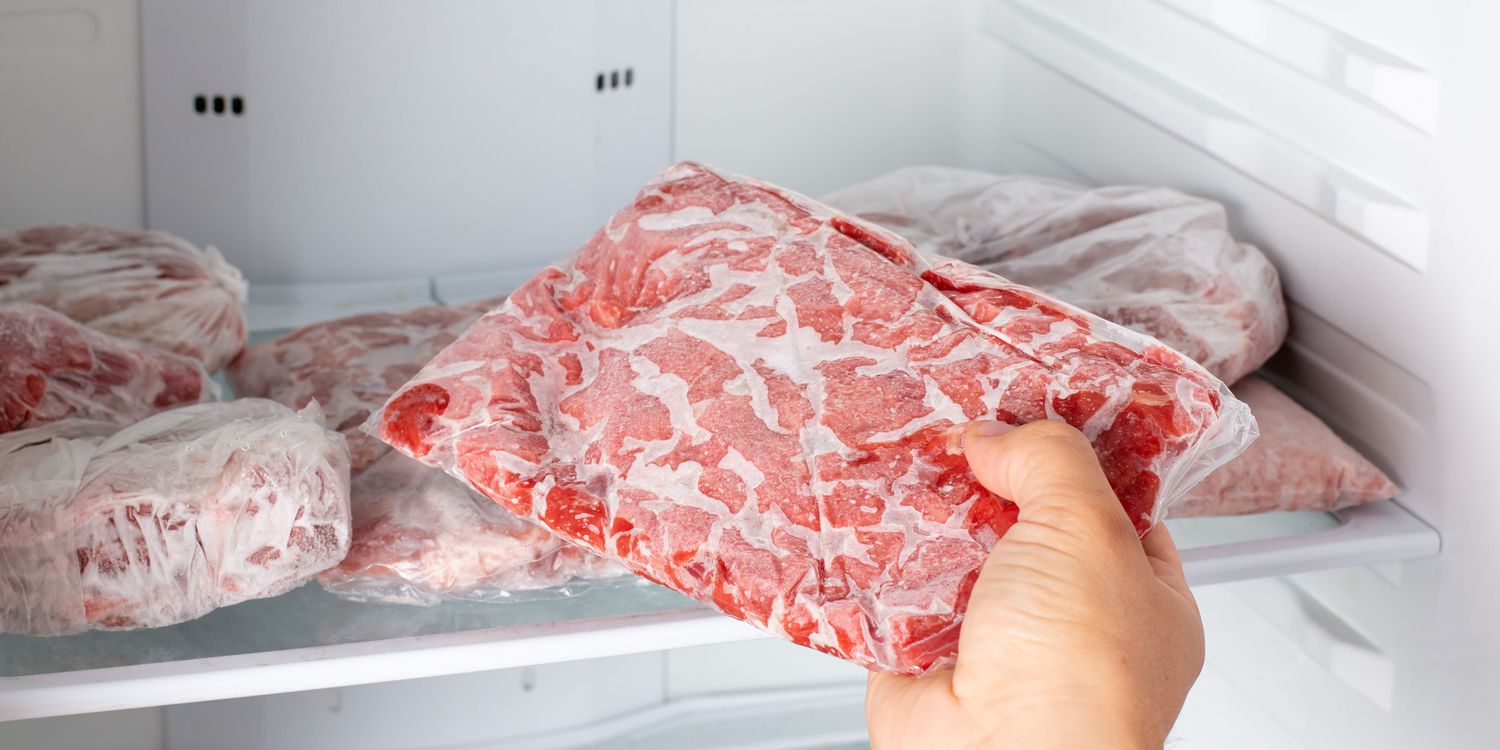

Articles
How To Store Ground Beef In Fridge
Modified: February 26, 2024
Learn how to properly store ground beef in the fridge to keep it fresh and safe for longer. Our informative article provides helpful tips and guidelines.
(Many of the links in this article redirect to a specific reviewed product. Your purchase of these products through affiliate links helps to generate commission for Storables.com, at no extra cost. Learn more)
Introduction
Welcome to our guide on how to properly store ground beef in the fridge. Whether you’ve just purchased ground beef from the grocery store or have some leftover from a meal, it’s important to store it correctly to maintain its freshness and prevent any potential risks of foodborne illnesses.
Ground beef is a versatile and popular ingredient in many dishes, such as burgers, meatballs, tacos, and pasta sauces. However, due to its high moisture content, ground beef is more susceptible to bacterial growth and spoilage compared to other meats. By following the proper storage guidelines, you can ensure that your ground beef stays fresh, safe to consume, and full of flavor.
In this article, we will discuss the importance of properly storing ground beef, provide guidelines on the ideal temperatures for storage, explore different packaging options, and give you a step-by-step guide on how to store ground beef in the fridge. We will also share some valuable tips on extending the shelf life of ground beef and how to identify signs of spoilage. So, let’s get started and learn how to keep your ground beef fresh and delicious!
Key Takeaways:
- Properly storing ground beef in the fridge is essential for food safety, quality, and reducing waste. Follow temperature guidelines, choose the right packaging, and practice proper storage techniques to enjoy fresh and delicious ground beef.
- Keep your ground beef fresh and safe by following temperature guidelines, choosing the right packaging, and practicing proper storage techniques. Trust your senses to identify signs of spoilage and enjoy flavorful meals with peace of mind.
Read more: How To Store Ground Beef
Why Properly Storing Ground Beef is Important
Properly storing ground beef is vital to ensure food safety, maintain its quality, and prevent the growth of harmful bacteria. Here are a few reasons why it is important to handle and store ground beef correctly:
- Food Safety: Ground beef is more susceptible to bacterial contamination due to its increased surface area and higher moisture content. Pathogenic bacteria such as E. coli and Salmonella can be present in raw ground beef and can cause foodborne illnesses if consumed. Proper storage helps minimize the risk of bacterial growth and reduces the chances of food poisoning.
- Quality and Taste: Storing ground beef properly helps retain its freshness, texture, and flavor. Exposure to air and fluctuating temperatures can lead to oxidation and spoilage, resulting in off-flavors and a decline in quality. By ensuring proper storage conditions, you can enjoy flavorful and succulent ground beef in your favorite meals.
- Reducing Waste: When ground beef isn’t stored correctly, it can spoil faster, leading to waste. Proper storage extends the shelf life of ground beef, allowing you to use it for a longer period and minimize food waste. This not only helps save money but also contributes to a more sustainable and environmentally friendly kitchen.
By understanding the importance of proper storage, you can protect yourself and your loved ones from foodborne illnesses, enjoy the best quality of ground beef, and minimize food waste. Let’s explore the ideal temperature guidelines for storing ground beef next.
Temperature Guidelines for Storing Ground Beef
Proper temperature control is crucial when it comes to storing ground beef. The temperature at which you store ground beef determines its shelf life and the growth rate of bacteria. Here are some temperature guidelines to keep in mind:
- Refrigerator Storage: The ideal temperature range for storing ground beef in the refrigerator is between 32°F (0°C) and 40°F (4°C). At this temperature range, the growth of bacteria slows down significantly, helping to maintain the quality and safety of the meat. It is important to note that the refrigerator should be set at a consistent temperature to prevent fluctuations that could promote bacteria growth.
- Freezer Storage: If you plan to store ground beef for a longer period, freezing is the best option. Ground beef can be stored in the freezer at 0°F (-18°C) or below, which effectively halts the growth of bacteria. When properly frozen, ground beef can typically be stored for up to four months without significant quality loss. To ensure the best quality, it is advisable to package ground beef in airtight containers or freezer-safe bags to prevent freezer burn and maintain its flavor.
It’s important to note that these temperature guidelines are general recommendations. Always refer to the manufacturer’s instructions and the storage guidelines provided on the packaging for specific recommendations regarding the ground beef you have purchased. Following the correct storage temperature guidelines will help you maintain the quality and safety of the ground beef.
Packaging Options for Ground Beef
Choosing the right packaging for ground beef is essential to preserve its quality, prevent contamination, and ensure proper storage. Here are some packaging options to consider:
- Original Store Packaging: Ground beef is often sold in pre-packaged trays covered with plastic wrap or sealed with a plastic wrap and foam tray combination. If the ground beef is still within the use-by date and appears to be in good condition, you can store it in its original packaging. However, if you plan to store it for an extended period, it is recommended to transfer it to a different packaging option to maintain freshness.
- Re-sealable Plastic Bags: Transferring ground beef to re-sealable plastic bags is a popular option for storage. Place the ground beef in a plastic bag, squeeze out the excess air, and seal it tightly to prevent air exposure and reduce the risk of freezer burn. Label the bag with the date of packaging to ensure you use the oldest ground beef first.
- Airtight Containers: Storing ground beef in airtight containers can help maintain its freshness and prevent cross-contamination. Choose containers that are freezer-safe if you plan to store the ground beef in the freezer. Make sure the containers are clean and dry before transferring the ground beef to them.
- Vacuum Sealing: Vacuum sealing is a method that removes air from the packaging to create an airtight seal. This helps extend the shelf life of ground beef, as it slows down bacteria growth and reduces the risk of freezer burn. Vacuum-sealed ground beef can be stored in the refrigerator or freezer, but it is important to follow the manufacturer’s instructions for proper vacuum sealing techniques.
When considering the packaging options, remember to choose materials that are food-safe, reliable, and suitable for the intended storage conditions. Proper packaging will play a significant role in maintaining the quality and safety of your ground beef during storage.
Step-by-Step Guide for Storing Ground Beef in the Fridge
Properly storing ground beef in the fridge is essential to keep it fresh and safe. Follow these step-by-step instructions to ensure proper storage:
- Choose the Right Packaging: If the ground beef is still in its original packaging and within the use-by date, you can store it in the fridge as is. However, if you plan to store it for longer, consider transferring it to airtight containers or re-sealable plastic bags to maintain freshness.
- Check the Temperature: Ensure that your fridge is set to the ideal temperature range of 32°F (0°C) to 40°F (4°C) for safe storage. Use a refrigerator thermometer to verify the temperature and make any necessary adjustments.
- Keep it Separate: Store ground beef away from other foods to prevent cross-contamination. Place it in a separate area or on a lower shelf to avoid any drippings or potential contamination from leaking onto other foods.
- Label and Date: Whether you are using the original packaging or transferring ground beef to a different container, always label it with the date of storage. This helps you keep track of how long it has been stored and ensures you use the oldest ground beef first.
- Store in the Coldest Part of the Fridge: Place the ground beef in the coldest part of the fridge, usually the back or bottom shelf. This helps maintain a consistent temperature and prevents the meat from being exposed to warmer areas, which can facilitate bacterial growth.
- Follow the Use-By Date: Ground beef should be consumed within the use-by date specified on the packaging or within three to four days of purchase, whichever comes first.
By following this step-by-step guide, you can ensure that your ground beef remains fresh, safe, and ready to be used in various delicious dishes.
Store ground beef in the fridge in its original packaging or a resealable plastic bag. Use it within 1-2 days or freeze for longer storage. Always follow the expiration date on the packaging.
Read more: How To Store Leftover Ground Beef
Tips for Extending the Shelf Life of Ground Beef in the Fridge
While ground beef can be stored safely in the fridge for a few days, here are some tips to help extend its shelf life and maintain its quality:
- Proper Packaging: As mentioned earlier, transferring ground beef to airtight containers or re-sealable plastic bags can help extend its shelf life by preventing exposure to air, which can cause oxidation and spoilage. Ensure that the packaging is sealed tightly to keep bacteria out.
- Keep the Fridge Clean: Regularly clean your fridge to prevent the build-up of bacteria and odors. Wipe down shelves, drawers, and any surface where ground beef may have come into contact. This helps maintain a clean environment and reduces the risk of cross-contamination.
- Avoid Overloading: Do not overload your fridge to allow for proper air circulation, which helps maintain a consistent temperature. Overcrowding can lead to uneven cooling and potentially compromise the quality and safety of the ground beef.
- Don’t Mix Tightly Packed Fresh and Cooked Ground Beef: If you have both fresh and cooked ground beef stored in the fridge, ensure they are separated. Mixing them together can increase the risk of bacterial cross-contamination. Keep them in separate containers or use clear labeling to differentiate them.
- Practice First-In, First-Out (FIFO): When adding new ground beef to the fridge, place it behind existing stock and use the older one first. This FIFO method ensures that you consume ground beef before it reaches its expiration date and reduces food waste.
- Check for Signs of Spoilage: Regularly inspect ground beef for any signs of spoilage, such as an unusual odor, sliminess, or discoloration. If you notice any of these signs, do not consume the meat and discard it immediately.
By following these tips, you can prolong the shelf life of ground beef in the fridge and enjoy it in your favorite recipes while ensuring safety and quality.
Signs of Spoiled Ground Beef
It’s important to be able to recognize the signs of spoiled ground beef to ensure your safety and avoid consuming potentially harmful food. Here are some common signs that indicate ground beef has gone bad:
- Unpleasant Odor: Fresh ground beef should have a mild, meaty odor. If you detect a strong, unpleasant, or sour smell coming from the meat, it is likely spoiled. Trust your sense of smell and discard the ground beef if it emits an off-putting odor.
- Unusual Texture: Properly stored ground beef should have a consistent texture. If you notice a slimy or sticky texture on the surface, it is a clear indication that bacterial growth has occurred and the meat is no longer safe to consume.
- Change in Color: Fresh ground beef typically exhibits a bright red color. When ground beef spoils, it may turn gray or brown. Any significant color change is a strong indicator that the meat has deteriorated and should be discarded.
- Mold Growth: The growth of mold on ground beef is a clear sign of spoilage. If you notice any green, fuzzy, or black spots on the meat, it should be discarded immediately. Mold can produce toxins that can cause illness if consumed.
- Presence of Off-Flavors: Spoiled ground beef often develops an unpleasant, rancid, or bitter taste. If the meat tastes off or different from what you would expect, it is best to err on the side of caution and avoid consuming it.
It’s important to note that these signs can vary depending on the specific circumstances and storage conditions. When in doubt, it is always safer to discard questionable ground beef rather than risk foodborne illness. By keeping an eye out for these signs, you can ensure that the ground beef you consume is fresh, safe, and of the highest quality.
Frequently Asked Questions (FAQs)
Here are some common questions about storing ground beef in the fridge:
Q: How long can I store ground beef in the fridge?
A: Generally, ground beef can be safely stored in the fridge for 1-2 days before it should be used or frozen. However, it is always best to check the specific use-by date mentioned on the packaging for guidance.
Q: Can I freeze ground beef that has already been stored in the fridge?
A: Yes, you can freeze ground beef that has been stored in the fridge, as long as it is within the use-by date or has been properly handled and stored. Make sure to transfer it to a freezer-safe container or re-sealable plastic bag before freezing.
Q: How can I thaw frozen ground beef?
A: The safest way to thaw frozen ground beef is by placing it in the refrigerator. Depending on the package size, ground beef may take 24-48 hours to thaw completely. If you’re in a hurry, you can also thaw it using the defrost function on your microwave or by placing it in a sealed plastic bag and submerging it in cold water.
Q: Can I refreeze ground beef that has been thawed?
A: It is generally safe to refreeze ground beef that has been thawed in the fridge. However, it is recommended to cook the ground beef immediately after it has been thawed and not refreeze it again to maintain its quality.
Q: Can I still use ground beef if it has turned slightly brown?
A: The color change in ground beef from bright red to slightly brown is a natural occurrence due to exposure to oxygen. As long as there are no other signs of spoilage, such as a foul odor or slimy texture, slightly browned ground beef is typically still safe to consume.
Q: How can I tell if ground beef is cooked properly?
A: Ground beef should be cooked to an internal temperature of at least 160°F (71°C) to ensure it is safe to eat. Use a meat thermometer to check the temperature, and ensure that the meat is no longer pink and the juices run clear.
Always prioritize food safety and trust your instincts. If you have any concerns about the quality or safety of your ground beef, it is best to discard it and opt for fresh meat.
Conclusion
Properly storing ground beef in the fridge is crucial for maintaining its freshness, quality, and safety. By following the temperature guidelines, choosing appropriate packaging, and practicing proper storage techniques, you can prolong the shelf life of ground beef and minimize the risk of foodborne illnesses. Remember to always check the use-by date on the packaging and look for signs of spoilage before consuming the meat.
By understanding the importance of proper storage, you can enjoy delicious meals with ground beef while ensuring your well-being and reducing food waste. Take the time to properly store ground beef in appropriate containers, keep your fridge clean, and utilize the FIFO method to consume older ground beef first.
Additionally, if you decide to freeze ground beef, ensure it is properly packaged to prevent freezer burn and label it with the date of freezing. Thaw frozen ground beef in the refrigerator for the safest results.
Remember to trust your senses, such as smell, texture, and color, to determine if ground beef has spoiled. If you have any doubts, it’s always better to err on the side of caution and discard the meat.
By implementing these storage practices and guidelines, you can enjoy fresh, safe, and flavorful ground beef in your favorite recipes. So, keep these tips in mind and savor every bite of your ground beef creations!
Frequently Asked Questions about How To Store Ground Beef In Fridge
Was this page helpful?
At Storables.com, we guarantee accurate and reliable information. Our content, validated by Expert Board Contributors, is crafted following stringent Editorial Policies. We're committed to providing you with well-researched, expert-backed insights for all your informational needs.
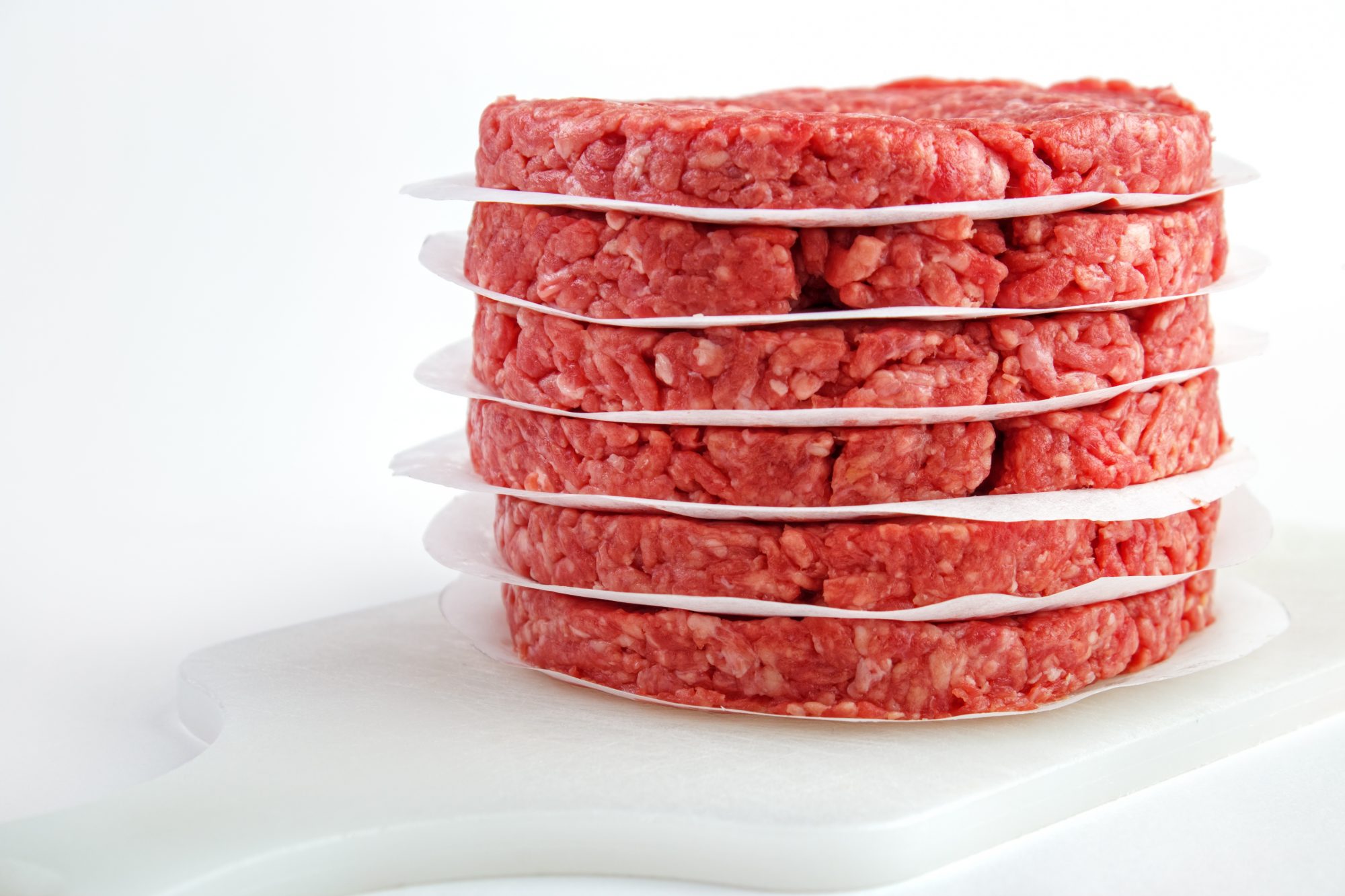
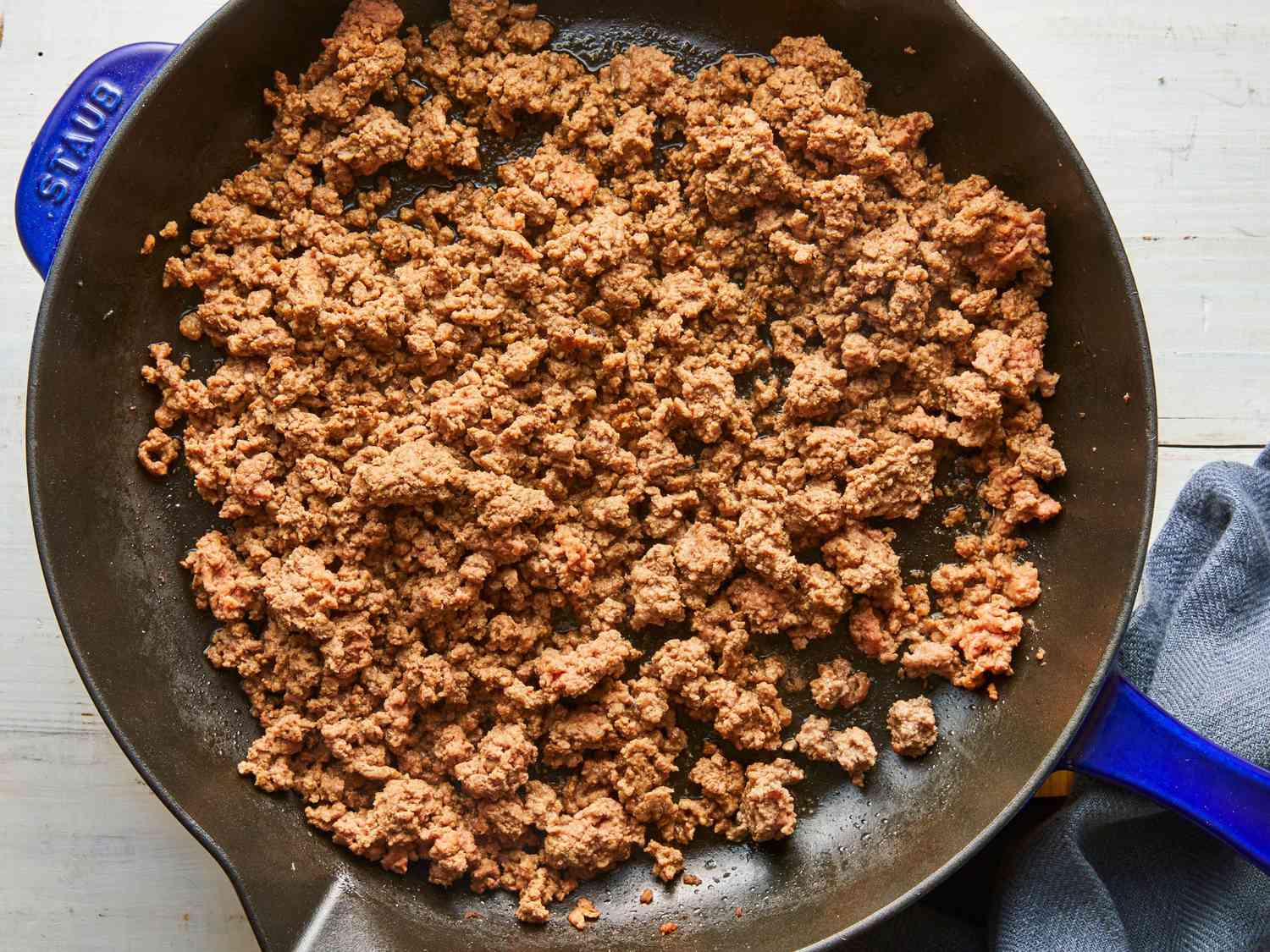
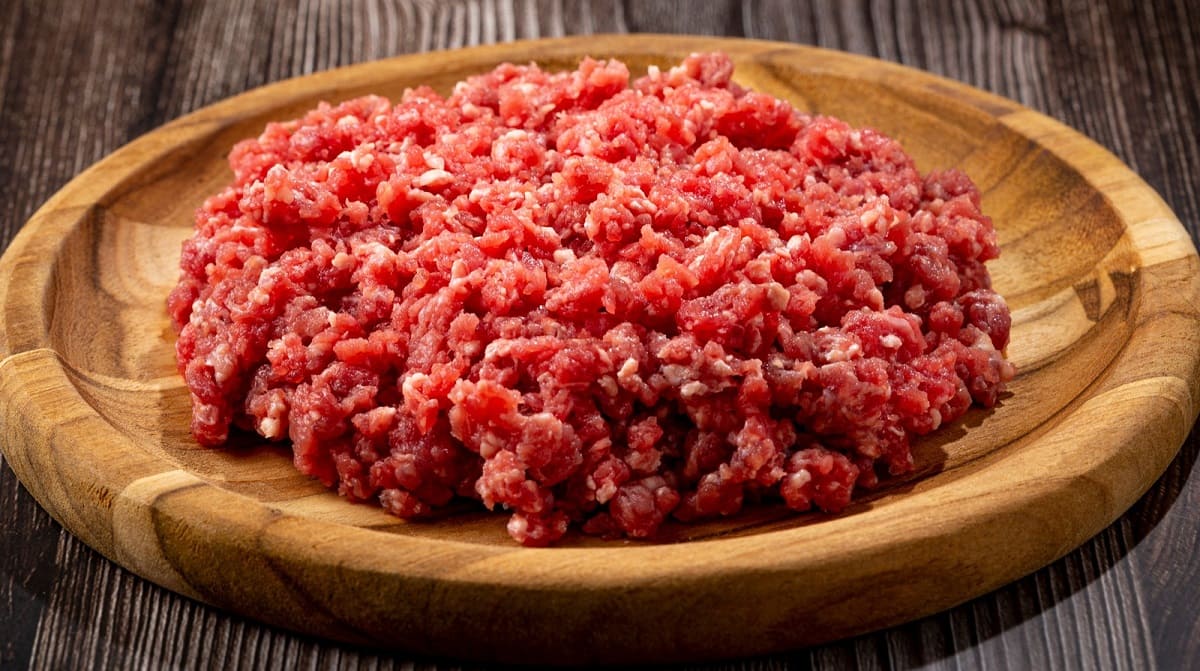
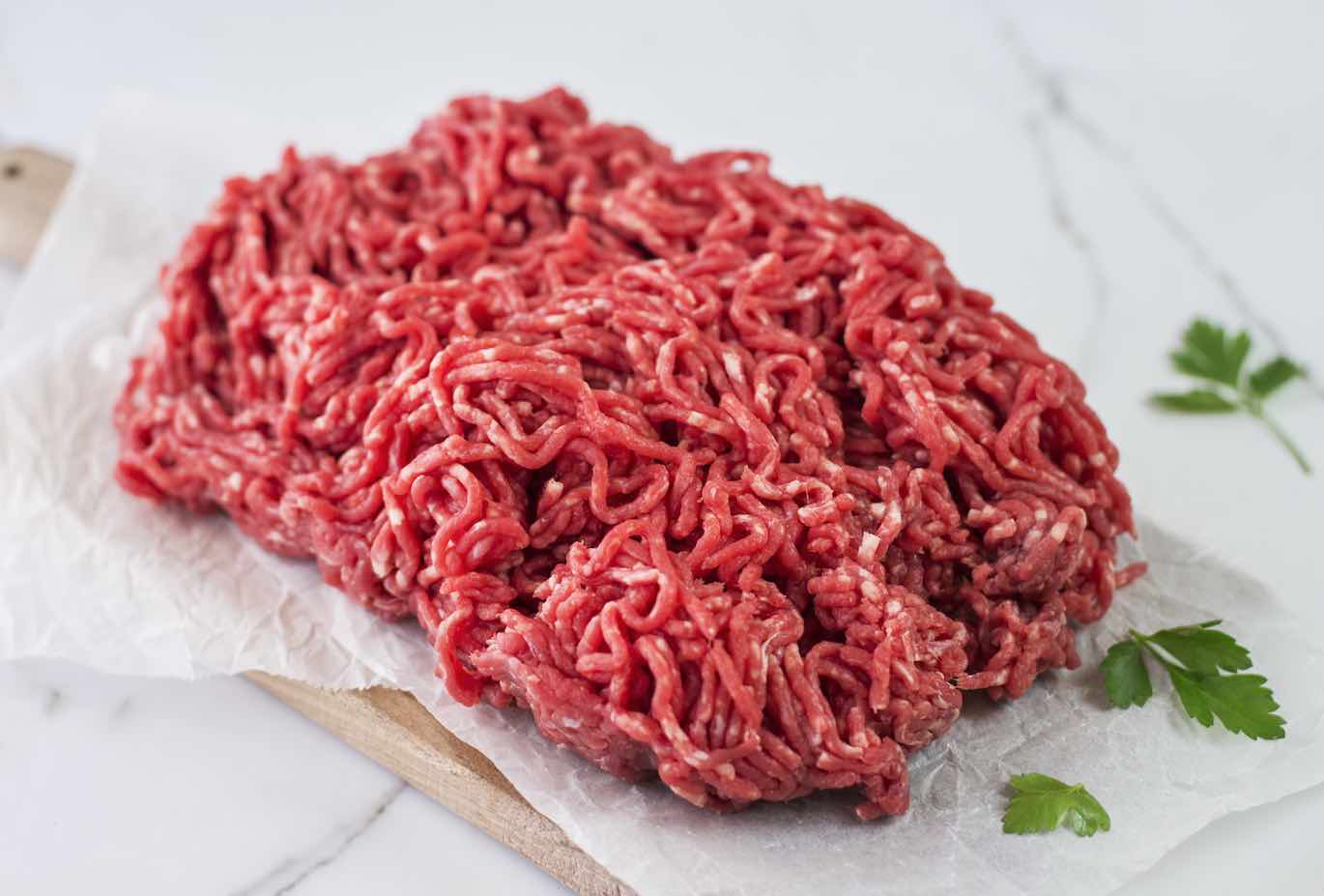
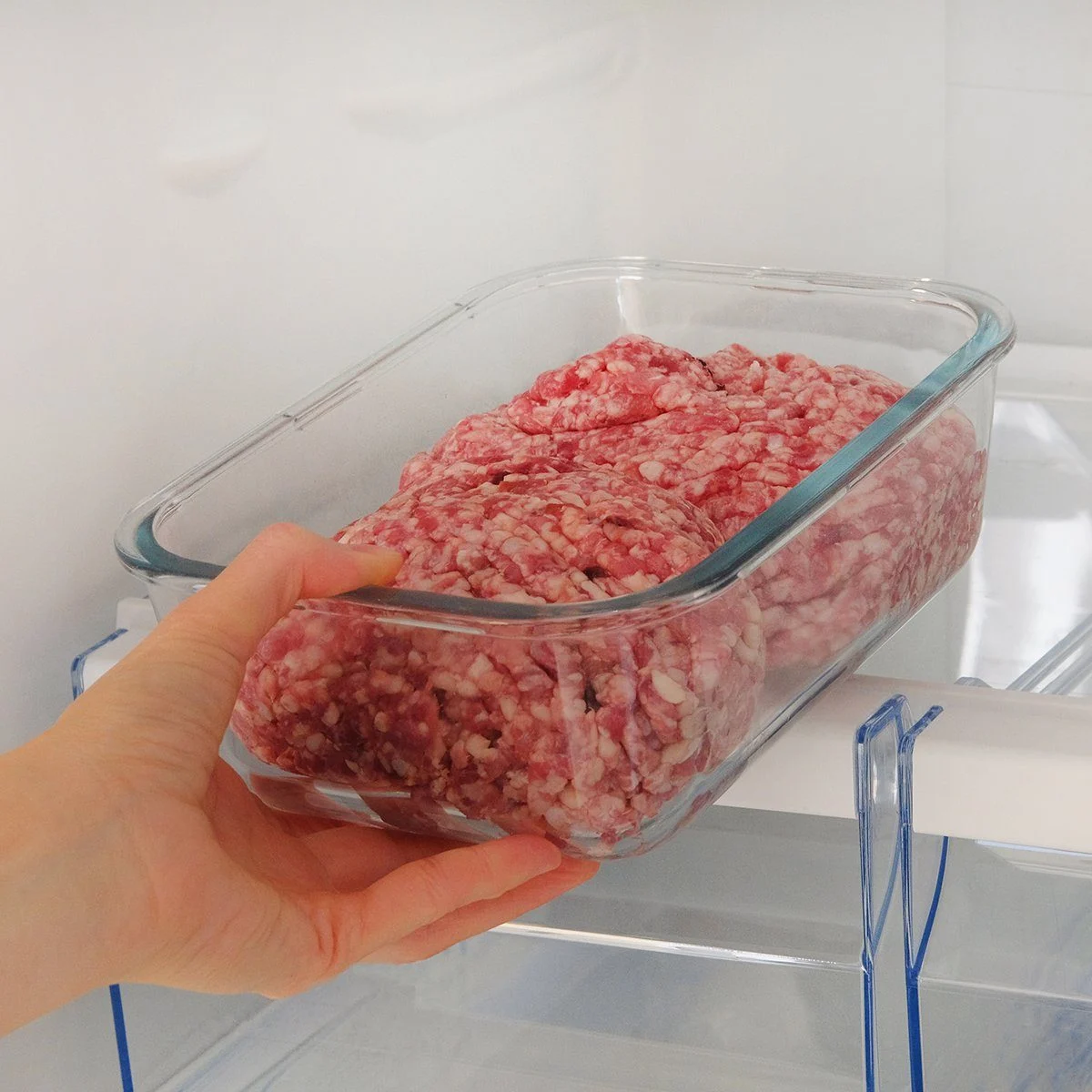
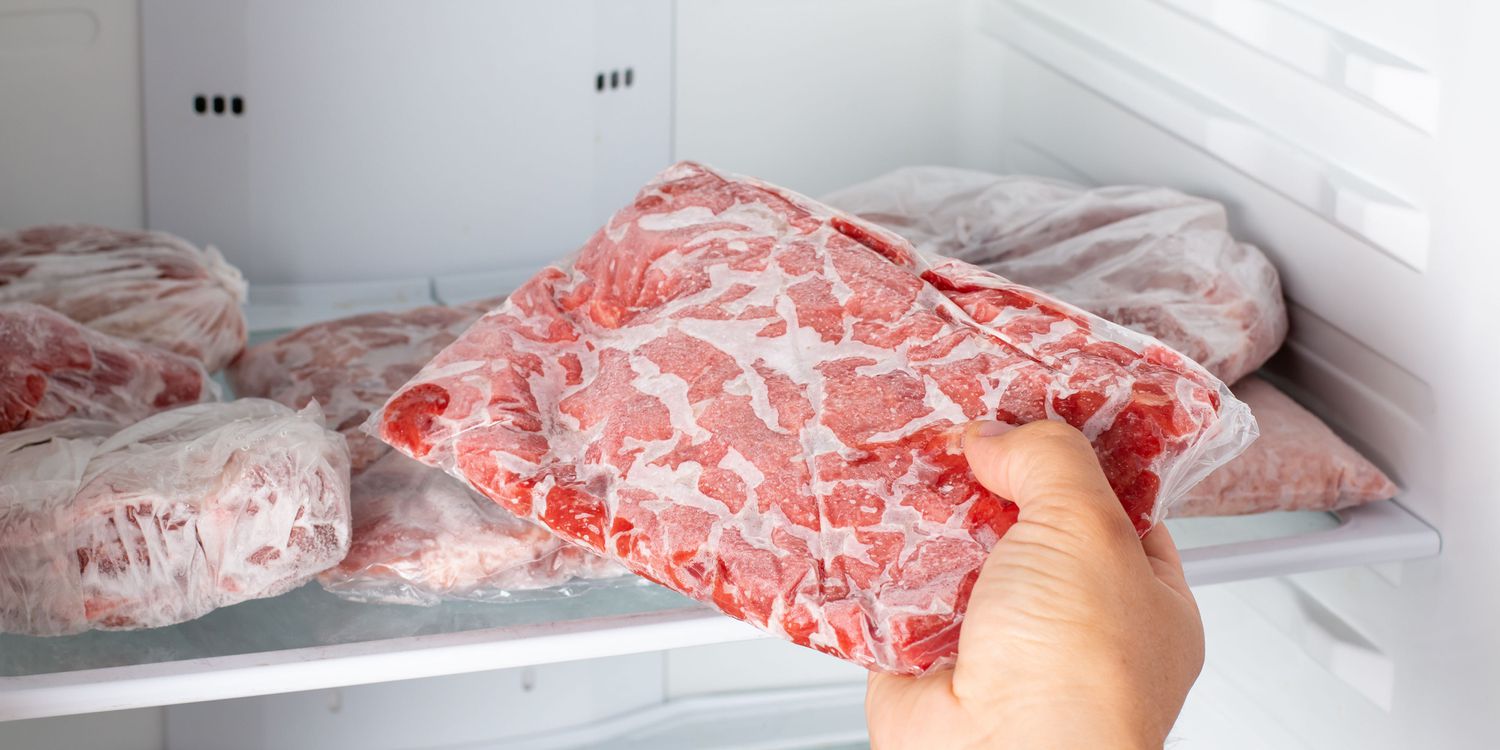
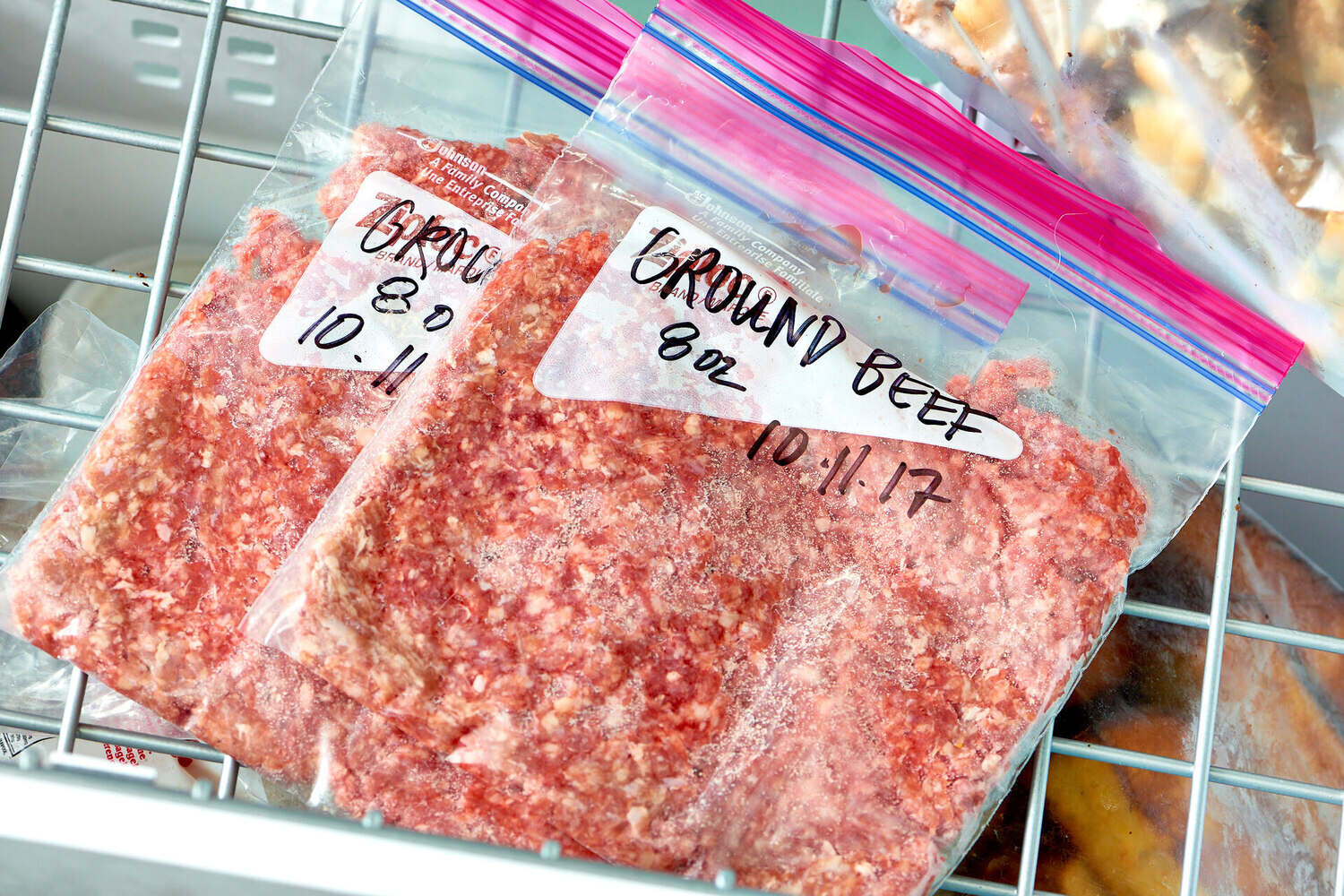
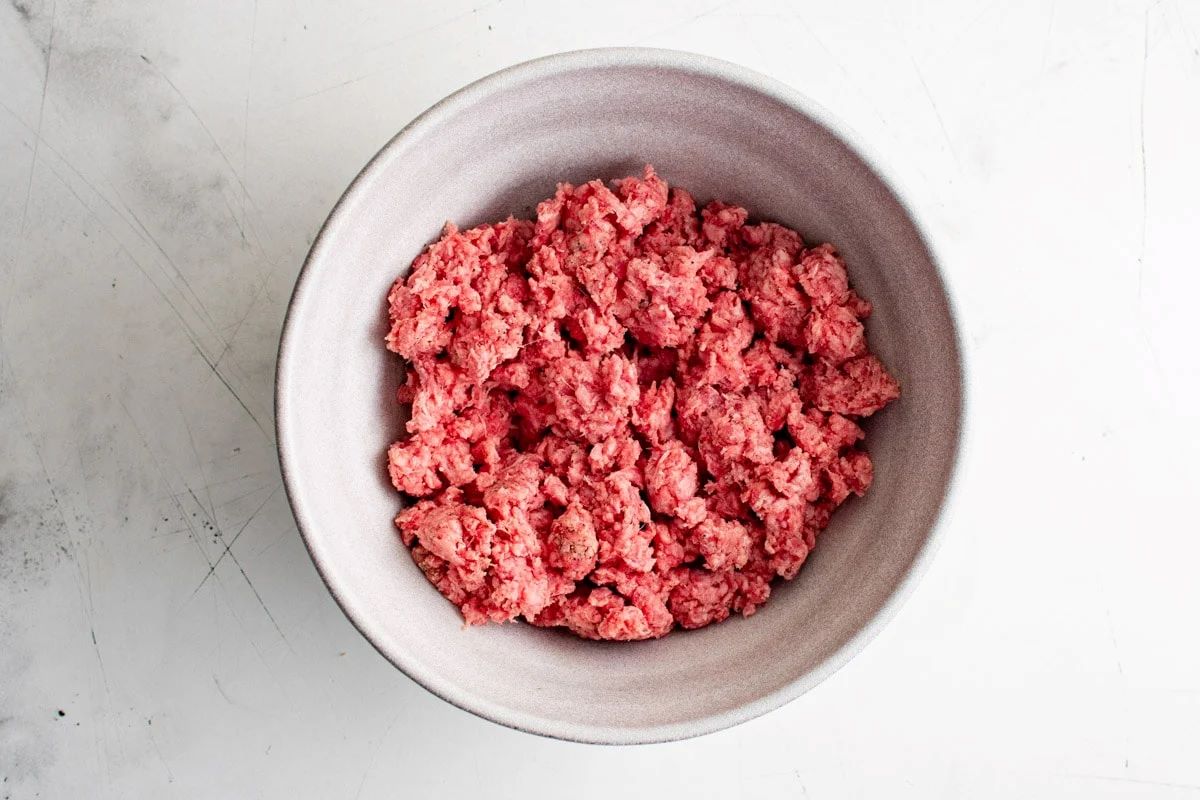
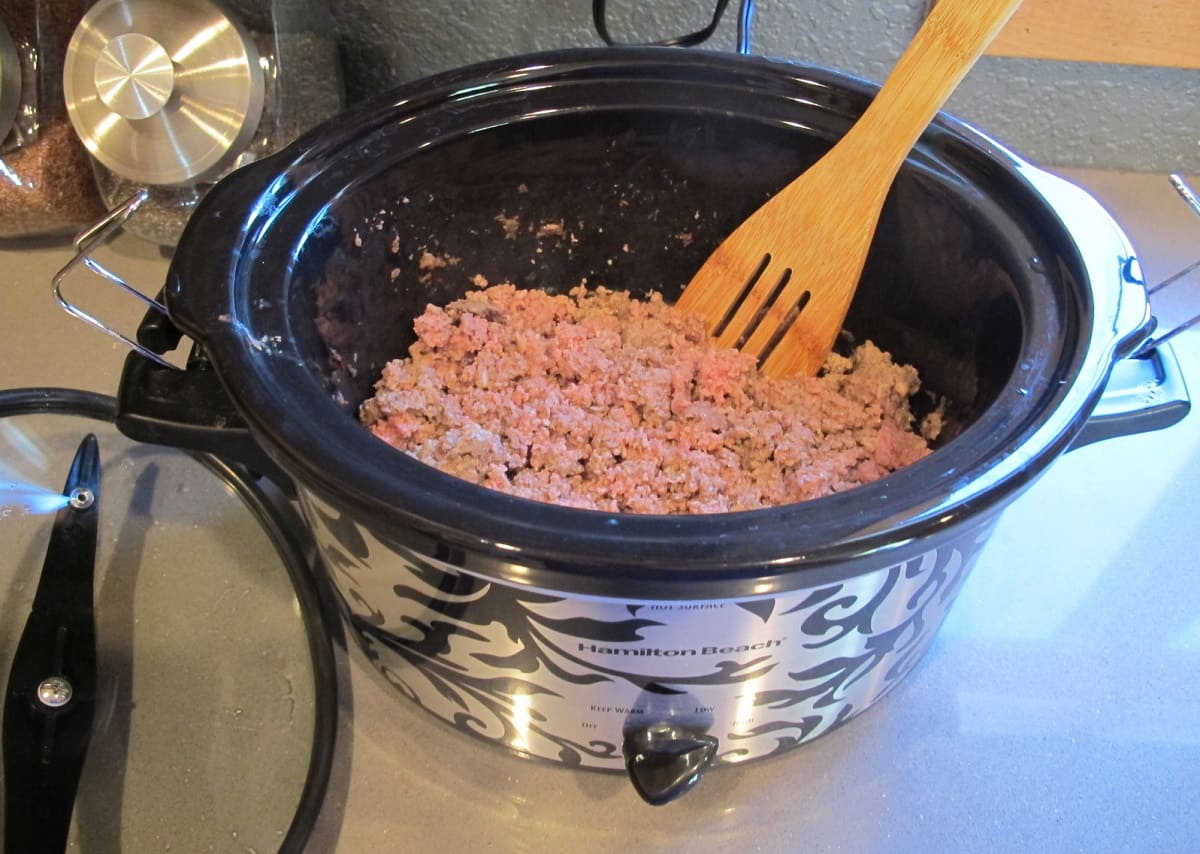


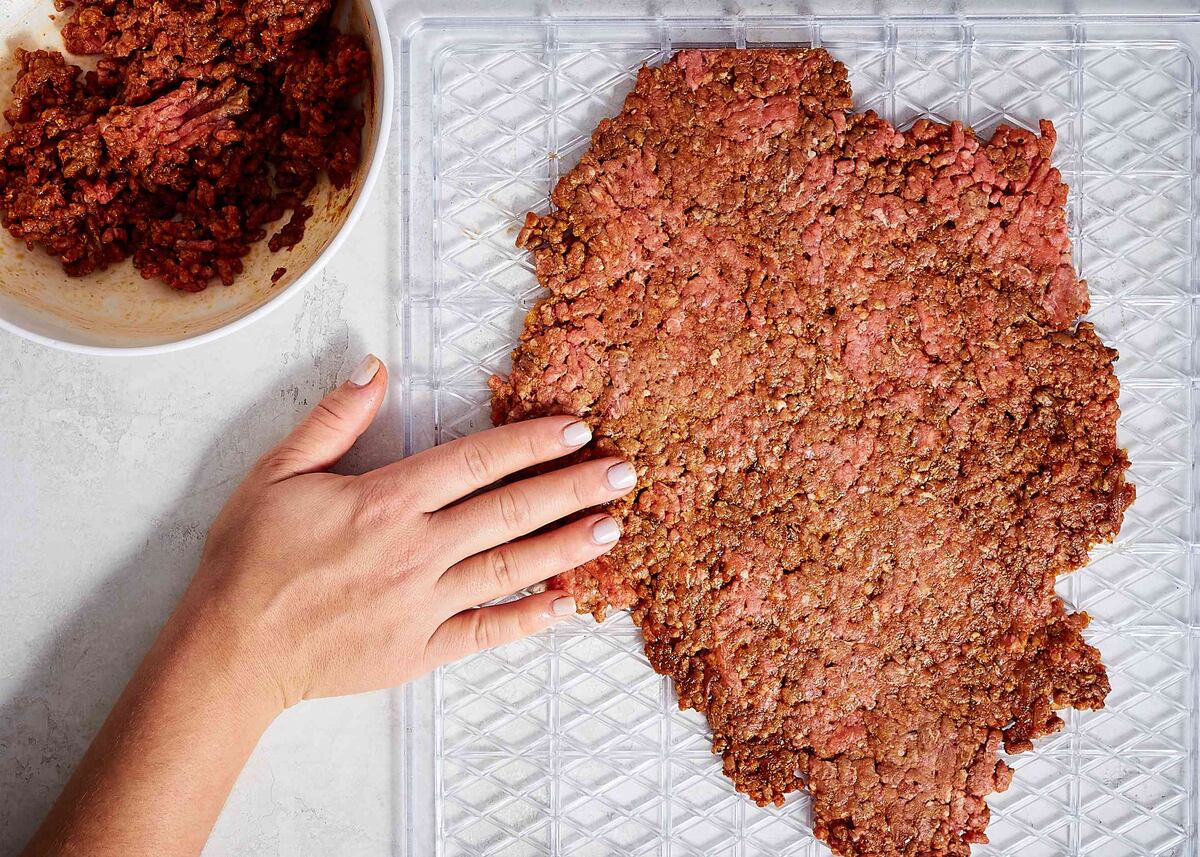
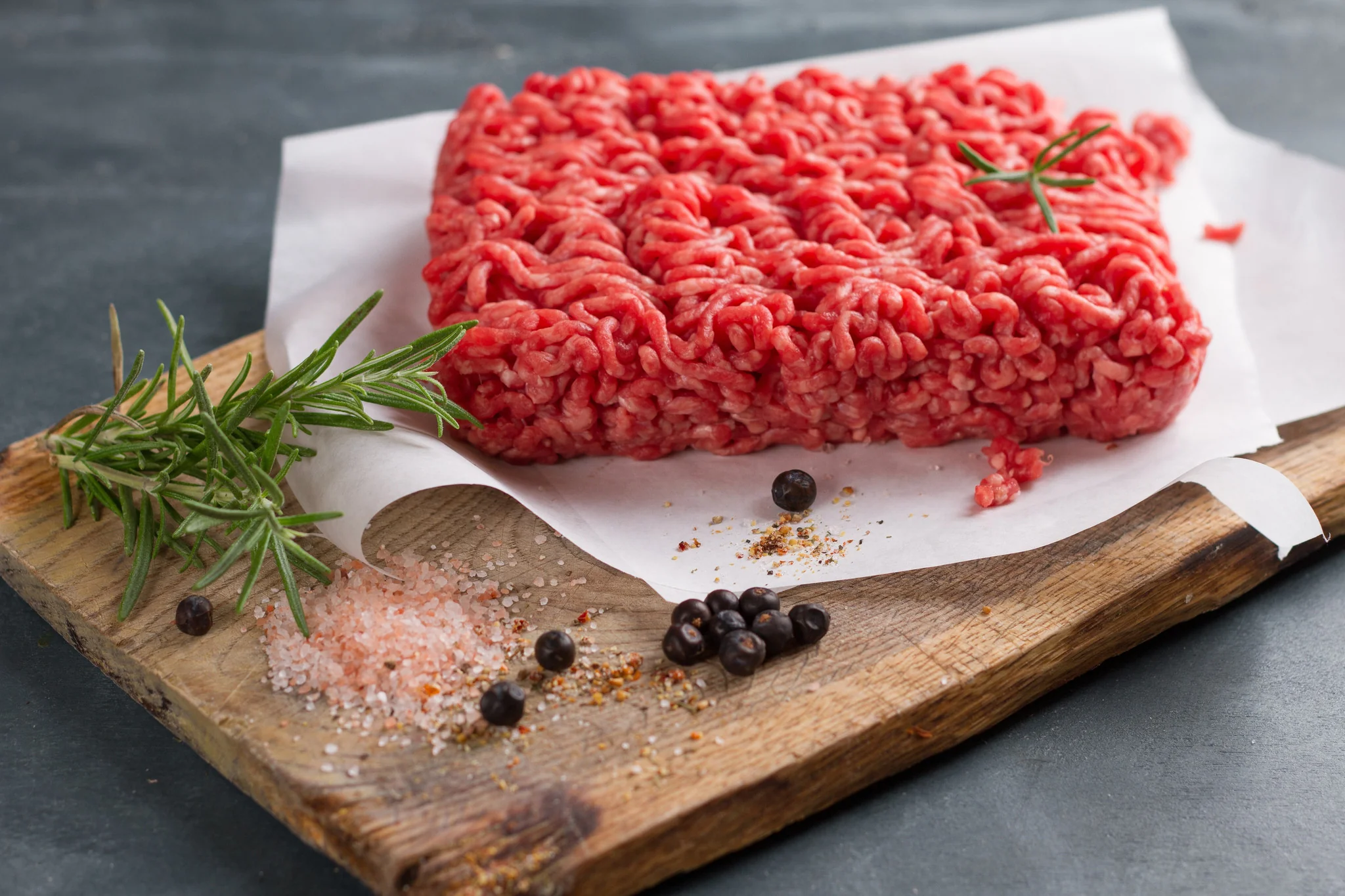
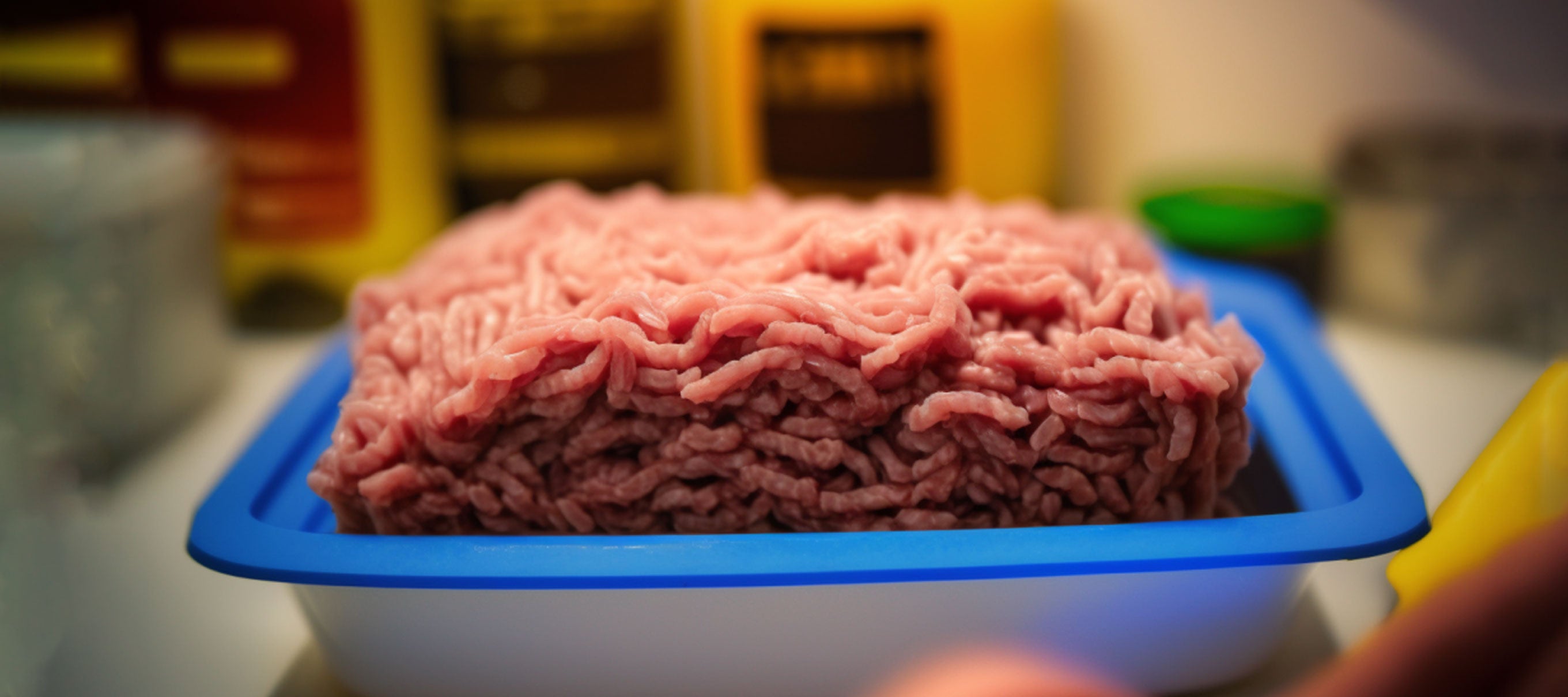

0 thoughts on “How To Store Ground Beef In Fridge”